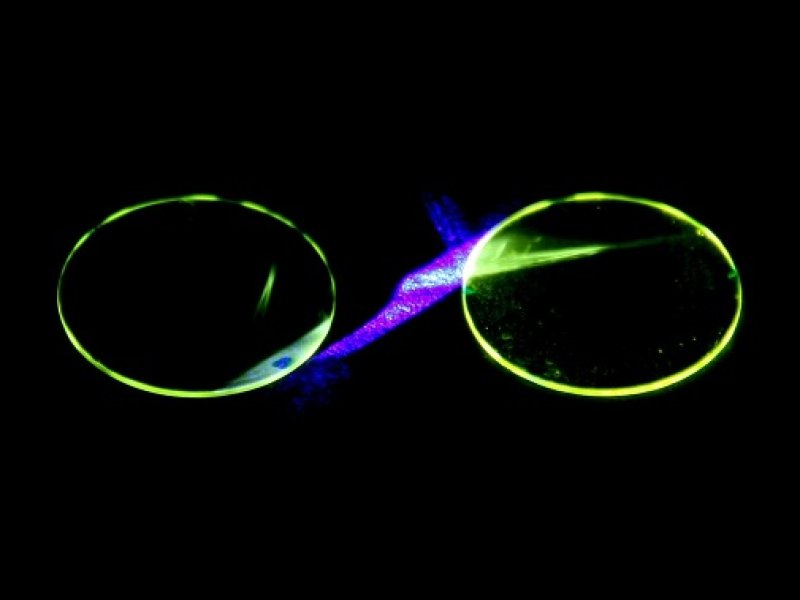Advanced scintillation materials for ultrafast applications
Advisor: Miroslav Kučera (Faculty of Mathematics and Physics, Charles University
Funding: Fully funded
Contact: miroslav.kucera@mff.cuni.cz
Inorganic scintillators are used for the detection of high-energy radiation or particles, e.g. in medical modalities and many industrial systems that use X-rays, gamma rays, electrons, or other energetic particles [1]. The research project focuses on a new class of ultrafast scintillation materials and the development of novel systems designed particularly for fast electron detection and for medical diagnostic techniques [2].
The PhD student will join the group focusing on the scintillation properties of complex oxide systems. The program is particularly oriented to the synthesis and growth of epitaxial films of rare-earth doped garnets and perovskites, the development and screening of novel highly efficient material systems for ultrafast applications, and for high resolution 2D-imaging, where high quality thin epitaxial film is a key issue. In this work, optical, luminescence, scintillation, and kinetic properties of scintillation oxide materials doped with rare earth and other metal ions will be studied. The program will be particularly oriented to the i) development of technology strategies for the preparation of scintillation materials, ii) synthesis and growth of epitaxial films of rare-earth doped garnets and perovskites, development of novel material systems for scintillation applications, iii) analysis of experimental data using numerical analysis software and modeling of experimental data.
Informal inquiries about the position are welcome, specific suggestions for the research project by the candidate will be considered, as well.
References:
[1] Dujardin, C., et al., Needs, trends and advances in inorganic scintillators. IEEE Trans. Nucl. Sci., 2018. 65, p. 1977.
[2] Lecoq, P., et al., Roadmap toward the 10 ps time-of-flight PET challenge. Phys. Med. Biol., 2020. 65, p. 21RM01.


